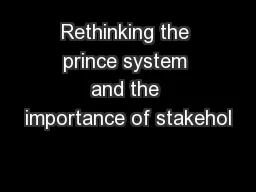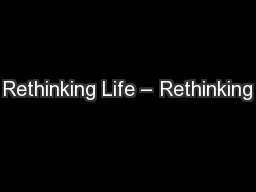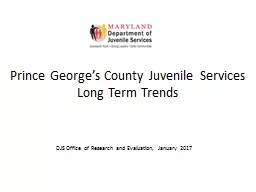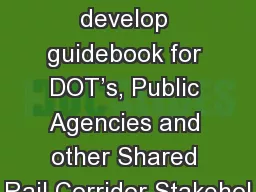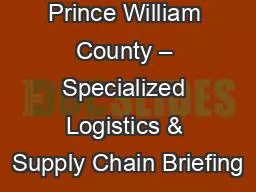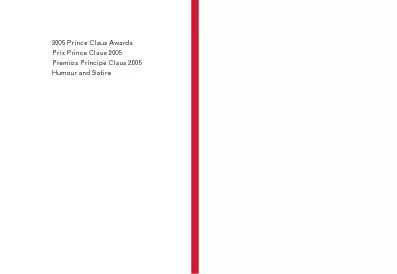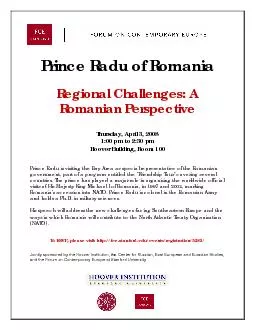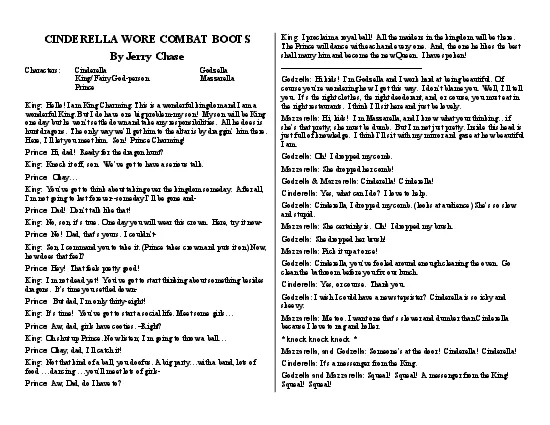PPT-Rethinking the prince system and the importance of stakehol
Author : faustina-dinatale | Published Date : 2016-04-10
Dr David M Van Slyke Maxwell School of Citizenship and Public Affairs Syracuse University April 11 2013 Introduction amp brief bio Student Policy Projects Observations
Presentation Embed Code
Download Presentation
Download Presentation The PPT/PDF document "Rethinking the prince system and the imp..." is the property of its rightful owner. Permission is granted to download and print the materials on this website for personal, non-commercial use only, and to display it on your personal computer provided you do not modify the materials and that you retain all copyright notices contained in the materials. By downloading content from our website, you accept the terms of this agreement.
Rethinking the prince system and the importance of stakehol: Transcript
Download Rules Of Document
"Rethinking the prince system and the importance of stakehol"The content belongs to its owner. You may download and print it for personal use, without modification, and keep all copyright notices. By downloading, you agree to these terms.
Related Documents

